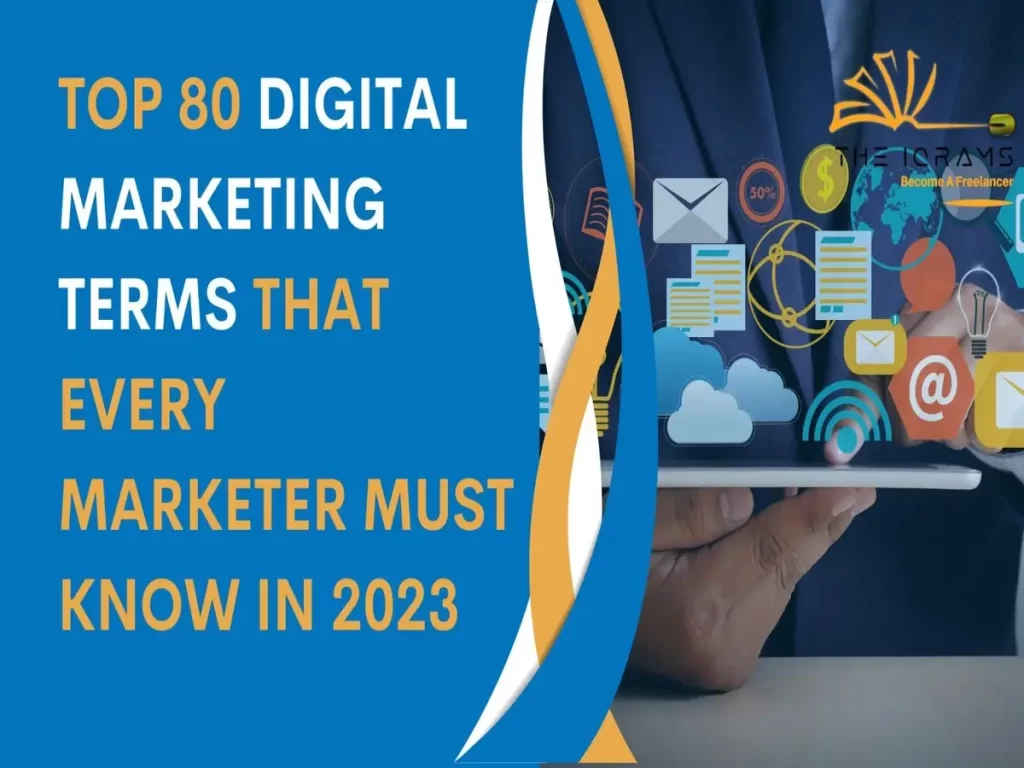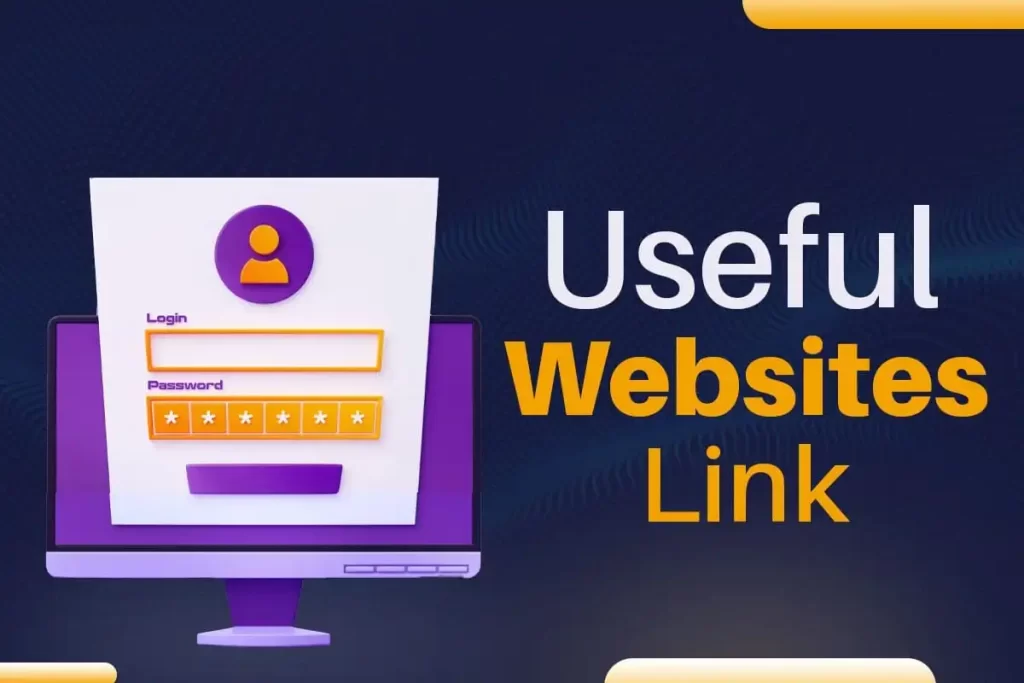- Digital Marketing
The practice of promoting products, services, or brands through digital channels, such as search engines, social media, email, and websites.
- Social Media Marketing
A marketing strategy that involves promoting products or services through social media platforms.
- Video Marketing
A marketing strategy that involves creating and sharing videos to promote products or services.
- Content Marketing
A marketing strategy that involves creating and sharing valuable, relevant, and consistent content to attract and retain a clearly defined audience.
- Affiliate Marketing
A marketing strategy in which a business rewards affiliates for bringing in customers or traffic through their own marketing efforts.
- Email Marketing
A marketing strategy that involves sending emails to a list of subscribers to promote products, services, or events.
- Influencer Marketing
A marketing strategy that involves partnering with influencers to promote products or services.
- Inbound Marketing
A marketing strategy that focuses on attracting potential customers through content marketing, social media, and other forms of engagement.
- Outbound marketing
A traditional marketing approach involves initiating contact with potential customers through various methods such as direct mail, telemarketing, email marketing, and advertising, with the aim of converting them into actual customers.
- Retargeting
A marketing strategy that involves showing ads to users who have previously visited a website or engaged with a business.
- Geotargeting
A marketing strategy that involves targeting ads or content to users in specific geographic locations.
- Marketing Automation
The use of software to automate repetitive marketing tasks, such as email campaigns and social media posting.
- B2B – Business to Business
A type of marketing that involves selling products or services to other businesses rather than to consumers.
- B2C – Business to Consumer
A type of marketing that involves selling products or services directly to consumers.
- A/B Testing
A marketing experiment involves testing two different versions of a web page, email, or advertisement to determine which one performs better.
- Ad Clicks
The number of times that a user clicks on an ad.
- Ad Impressions
The number of times that an ad is shown to users.
- Bounce Rate
The percentage of visitors who leave a website after viewing only one page.
- Call to Action (CTA)
A statement or button that encourages users to take a specific action, such as making a purchase or filling out a form.
- Click-Through Rate (CTR)
The percentage of users who click on a link or ad after viewing it.
- Conversion Rate
The percentage of visitors who complete a desired action, such as making a purchase or filling out a form.
- Cost-Per-Click (CPC)
The amount that a business pays each time a user clicks on one of their ads.
- Cost-Per-Impression (CPM)
The amount that a business pays for every 1,000 ad impressions.
- Conversion
The act of a user completing a desired action, such as filling out a form or making a purchase.
- CRO – Conversion Rate Optimization
The process of optimizing a website or landing page to improve the likelihood that visitors will convert.
- Cost per Acquisition (CPA)
The cost of acquiring a customer through a specific marketing campaign or channel.
- Customer Lifetime Value (CLV)
The estimated value of a customer over their lifetime of purchasing from a company.
- Pay-Per-Click (PPC)
An advertising model in which businesses pay each time a user clicks on one of their ads.
- Display Advertising
A form of online advertising that includes banner ads, images, and other forms of visual content.
- Funnel
The series of steps that a user goes through to complete a desired action, such as making a purchase or filling out a form.
- Keyword
A word or phrase that users enter into a search engine to find information.
- Landing Page
A web page that is specifically designed to encourage users to take a specific action, such as making a purchase or filling out a form.
- Organic Search
Search engine results are determined by relevance and popularity, rather than paid advertisements.
- Target Audience
The group of people who are most likely to be interested in a business’s products or services.
- User Experience (UX)
The overall experience that a user has when interacting with a website or application.
- Webinar
An online seminar or presentation that is typically used for marketing purposes
- Attribution
The process of assigning credit to various marketing channels and touchpoints for a conversion or sale.
- CMS – Content Management System
A software platform that is used to create, edit, and publish digital content.
- Customer Relationship Management (CRM)
A system used to manage and analyze customer interactions and data throughout the customer lifecycle.
- WordPress
A popular content management system that is used to create and manage blogs and websites.
- E-commerce – Electronic Commerce
The buying and selling of goods or services over the internet.
- Blog
A website or section of a website that contains regularly updated content in the form of articles or posts.
- Blogging
The process of creating and publishing blog posts on a website or platform.
- Blogosphere
The community of bloggers and blogs on the internet.
- Blog Comment
A user-generated response to a blog post is displayed below the post.
- Blogroll
A list of recommended blogs or websites that are often displayed in the sidebar of a blog.
- Category
A way of organizing blog posts by topic or theme.
- Guest Post
A blog post is written by someone who is not the owner or regular contributor to the blog.
- RSS Feed
A web feed that allows users to subscribe to a blog or website and receive updates in a feed reader or email.
- Tag
A keyword or phrase is assigned to a blog post to help categorize and organize content.
- Brand Awareness
The level of familiarity and recognition that consumers have with a brand.
- Buyer Persona
A fictional representation of an ideal customer that is used to inform marketing and sales strategies.
- Engagement
The level of interaction and activity that users have with a website, social media platform, or another digital channel.
- Engagement Rate
The level of interaction and activity that users have with a piece of content, such as likes, comments, and shares.
- Hashtag
A word or phrase preceded by the # symbol that is used to categorize and organize content on social media.
- Impressions
The number of times that a social media post is shown to users.
- Insights
Metrics and data that provide information about the performance and engagement of social media content.
- Social Listening
The process of monitoring social media channels for mentions of a brand, product, or topic.
- Viral
A social media post spreads quickly and widely through user sharing and engagement.
- Search Engine
A software program that searches a database of web pages to find relevant results for a user’s query.
- Search Engine Optimization (SEO)
The process of optimizing a website to improve its ranking and visibility in search engine results.
- On-page SEO
Optimization techniques are applied to the content and structure of a website to improve its search engine ranking.
- Off-page SEO
Optimization techniques are applied to external factors, such as backlinks and social media mentions, to improve a website’s search engine ranking.
- Backlink
A link from one website to another is seen as a vote of confidence or endorsement by search engines.
- Meta Tags
HTML tags that provide information about a web page to search engines, such as title, description, and keywords.
- Page Rank
A system used by Google to assign a numerical value to the importance and relevance of web pages.
- SERP – Search Engine Results Page
The page that displays the results of a search engine query.
- Title Tag
An HTML tag that provides a title for a web page and is displayed in search engine results.
- Web Crawler
A software program that automatically explores and indexes web pages for a search engine.
- Organic Reach
The number of users who see a social media post without any paid promotion.
- Paid Reach
The number of users who see a social media post that has been promoted through paid advertising.
- Above the Fold
The area of a web page that is visible without scrolling down.
- Ad Network
An advertising platform that connects advertisers with publishers to display ads on their websites.
- Ad Placement
The location of an ad on a web page.
- Ad Targeting
The process of selecting a specific audience to display an ad to.
- Lead
A potential customer who has shown interest in a product or service.
- Lead Generation
The process of attracting and converting potential customers into leads.
- Algorithm
A set of rules or instructions that a search engine or social media platform uses to determine how to rank and display content.
- Analytics
The collection and analysis of data to gain insights into user behavior and performance metrics.
- Google Analytics
A web analytics service offered by Google that tracks and reports website traffic.




